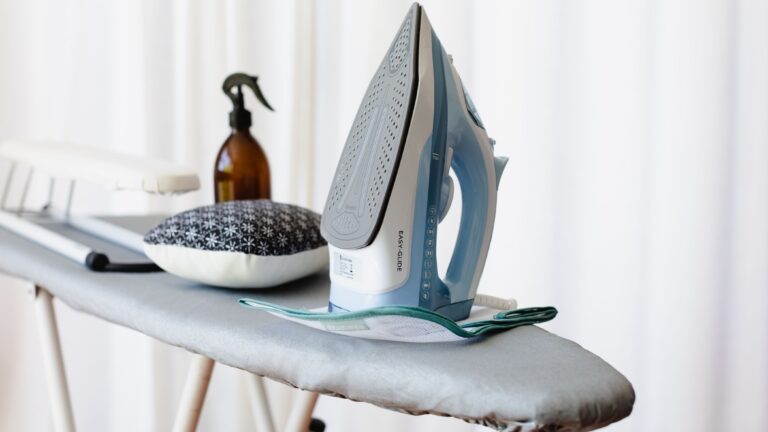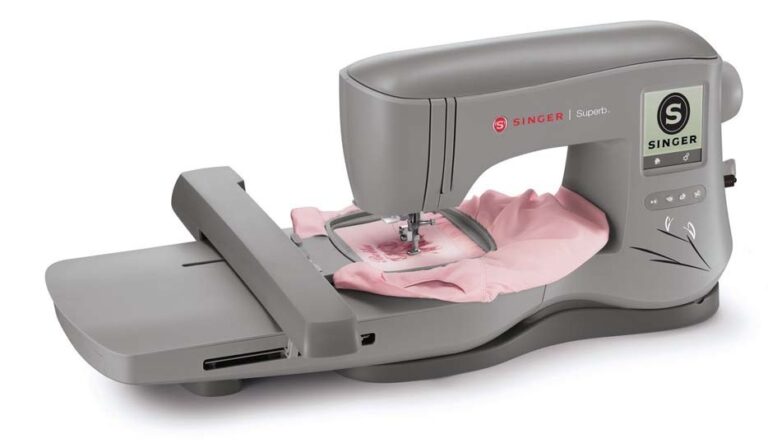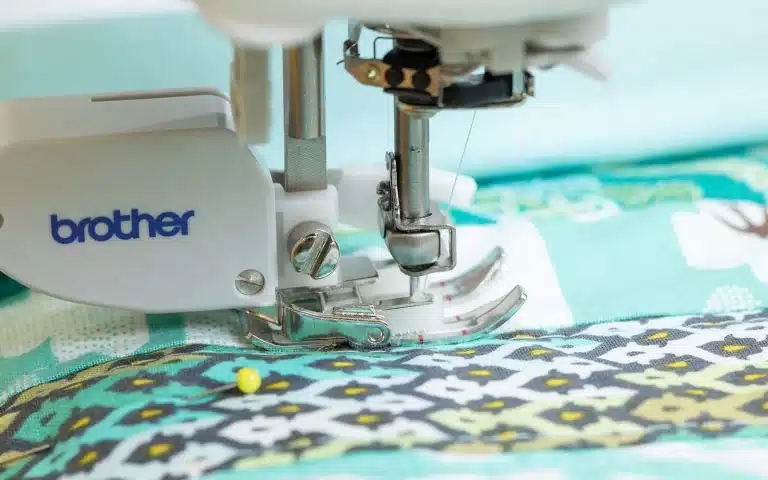PES vs HUS: Unraveling the Nuances of Embroidery File Formats
In the realm of embroidery, file formats serve as the digital blueprints that guide embroidery machines in recreating intricate patterns onto fabric. Among the plethora of available formats, two stand out as the most popular and widely used: PES and HUS. While both formats serve the same purpose, they differ in their structure, compatibility, and capabilities, making them suitable for distinct applications.
Delving into the PES File Format
PES, short for Professional Editing System, is a proprietary file format developed by Brother machines. It’s a versatile format known for its comprehensive features and vector-based structure. This means that stitches are represented as mathematical coordinates, enabling precise stitch positioning and manipulation, ensuring accurate reproduction of intricate designs. Additionally, PES files are capable of handling large designs, with a maximum stitch limit of 1,048,576 stitches.
Key Features of PES Format:
- Vector-based representation for precise stitch positioning
- Large stitch limit for complex designs
- Wide compatibility with Brother embroidery machines
- Supports multiple threads and color palettes
- Readily converted to other formats
Applications of PES Format:
PES format excels in handling intricate and detailed embroidery projects. It’s a preferred choice for digitizing logos, intricate lettering, and decorative designs that demand precise placement and color accuracy. Additionally, PES format is compatible with most Brother embroidery machines, making it a convenient option for Brother users.
Unveiling the HUS File Format
HUS, short for Husqvarna Viking, is another widely used embroidery file format developed by Husqvarna Viking machines. It differs from PES in its approach, utilizing a shape-based representation of stitches. This means that HUS files define stitches by their shapes rather than mathematical coordinates. While this approach may sacrifice some precision for complex designs, it offers advantages in speed and efficiency.
Key Features of HUS Format:
- Shape-based structure for efficient stitch processing
- Faster embroidery speeds compared to PES
- Good compatibility with Husqvarna Viking embroidery machines
- Supports multiple threads and color palettes
- Readily converted to other formats
Applications of HUS Format:
HUS format is generally suitable for a wider range of embroidery projects, including both simple and complex designs. Its efficiency makes it a good choice for projects where speed is crucial, such as large orders or time-sensitive projects. Additionally, its compatibility with Husqvarna Viking machines makes it a convenient option for Husqvarna users.
Comparing PES and HUS: A Head-to-Head Analysis
| Feature | PES | HUS |
|---|---|---|
| Stitch representation | Vector-based | Shape-based |
| Stitch precision | High precision for complex designs | Lower precision for complex designs, but faster processing |
| Compatibility | Wide range of embroidery machines, including Brother | Primarily Husqvarna Viking machines |
| Speed | Slower embroidery speeds compared to HUS | Faster embroidery speeds |
| Application | Detailed and intricate designs, logos, lettering | Wider range of projects, including simple and complex designs, large orders |
Selecting the Right Format: Tailored to Your Needs
The choice between PES and HUS file formats depends on the specific requirements and preferences of the embroiderer. For projects demanding high precision and intricate details, PES is the preferred option. However, for projects prioritizing speed and efficiency, particularly for Husqvarna Viking users, HUS format is a suitable choice.
Converting Between Formats: Flexibility and Adaptability
While PES and HUS are widely used, there may be instances where a file needs to be converted between formats. This can be easily achieved using embroidery software or dedicated file conversion tools. These tools typically preserve the original design elements and stitch information while converting the file structure to the target format.
Conclusion:
PES and HUS are two valuable embroidery file formats, each offering unique advantages and suitability for different applications. Understanding their strengths and limitations allows embroiderers to make informed decisions when selecting the appropriate format for their projects. Whether prioritizing precision, speed, or compatibility, both PES and HUS play significant roles in the world of embroidery, enabling the creation of intricate and stunning embroidered designs.
Related Posts
Discover relevant articles, tutorials, and tips to improve your skills and explore new techniques.
Stay inspired and connected to our embroidery community.






